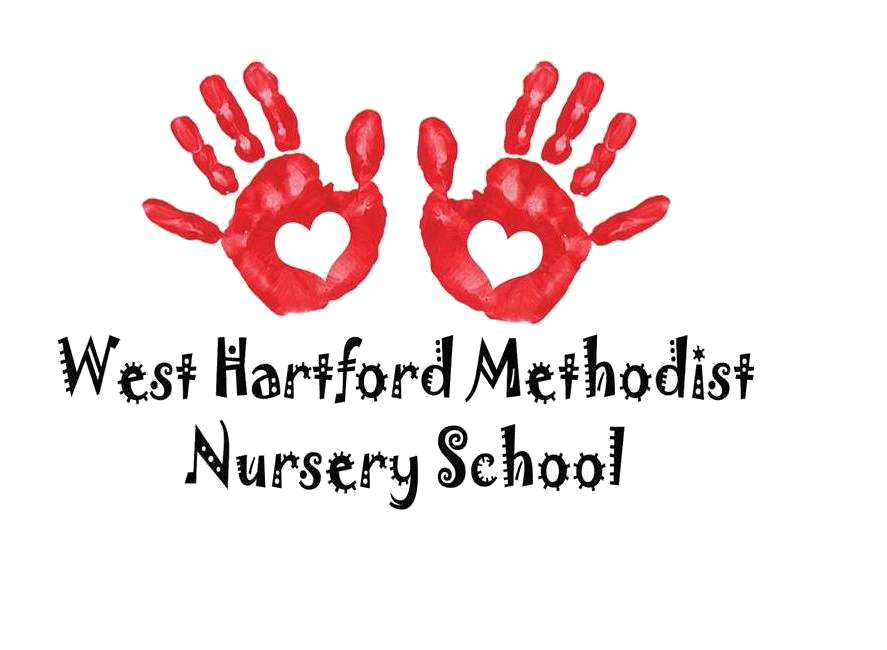Curriculum
At WHMNS, we believe that curriculum should be age appropriate and relevant. Our play-based curriculum allows the children make choices, explore ideas, and actively learn about the world they live in.
Teachers plan curricula using the State of Connecticut Preschool Curriculum Framework and The National Association for the Education of Young Children (NAEYC) Accreditation Standards. The Framework was designed to focus on the four domains of development:
- Personal and social development
- Physical development
- Cognitive development
- Creative expression/aesthetic development
Within each domain there are performance standards which specify what types of opportunities and learning experiences we provide for the students. For example, under the domain Cognitive Development there is a performance standard that says “Educational experiences will assure that preschool children will recognize simple patterns and duplicate or extend them.” Teachers plan activities to help support the children in working toward this goal.
How do teachers use the curriculum to guide their planning?
The first step in the process of planning out our curriculum is for teachers to decide what the children should learn. Teachers select several weekly performance standards as learning goals for the children. The next step is to plan activities and teaching strategies that will help the children meet these goals. Each team of teachers creates a plan for a few weeks to organize all these details. These webs or maps can be found on the bulletin board outside our classrooms.
How do the teachers assess what my child is learning?
Once the plans are put into action and the teachers are teaching the children, the assessment begins. Each of our teachers is trained on how to use the assessment tools. Your child’s teachers are always observing the students and often are taking anecdotal notes about what they are seeing throughout the school day. They know what they want the children to learn and be able to do. They compare the child’s behavior to the goals for that child. Teachers use the informal notes they have collected to complete a Child Profile Form (assessment instrument) to help them track each child’s progress. Both of these tools are referred to when the teachers come together with their teaching partner to plan for the next set of learning experiences and prepare for conferences.
Through the use of the Framework and the NAEYC standards, our highly qualified staff effectively supports our children’s learning to help them develop the skills they need to make a successful transition to kindergarten.


